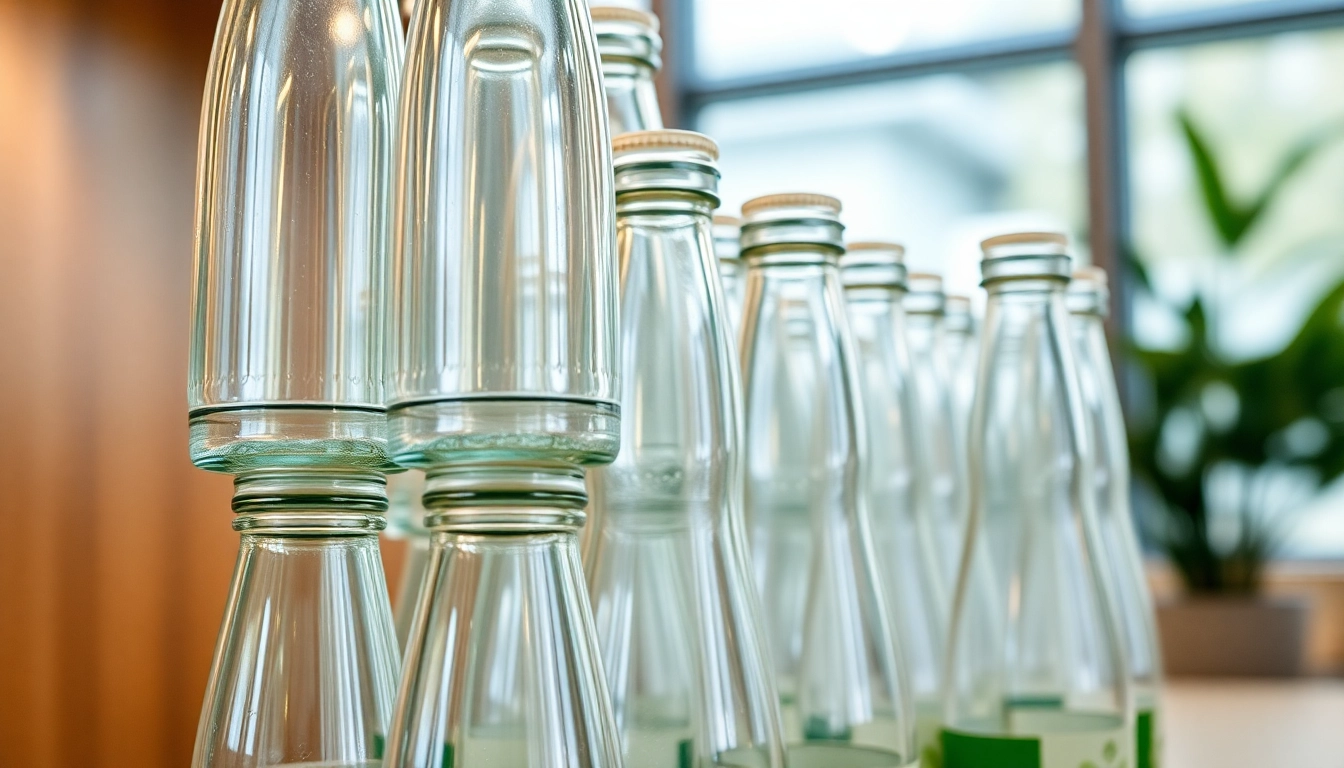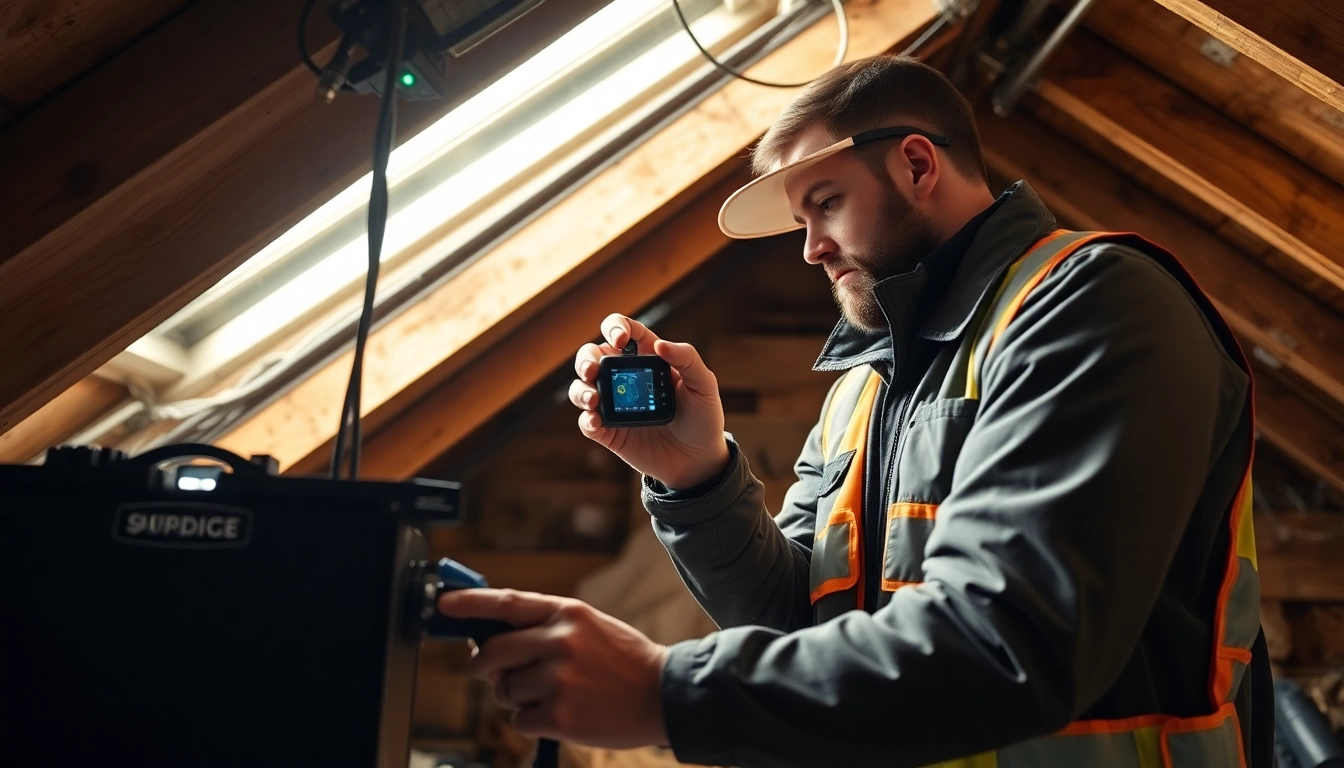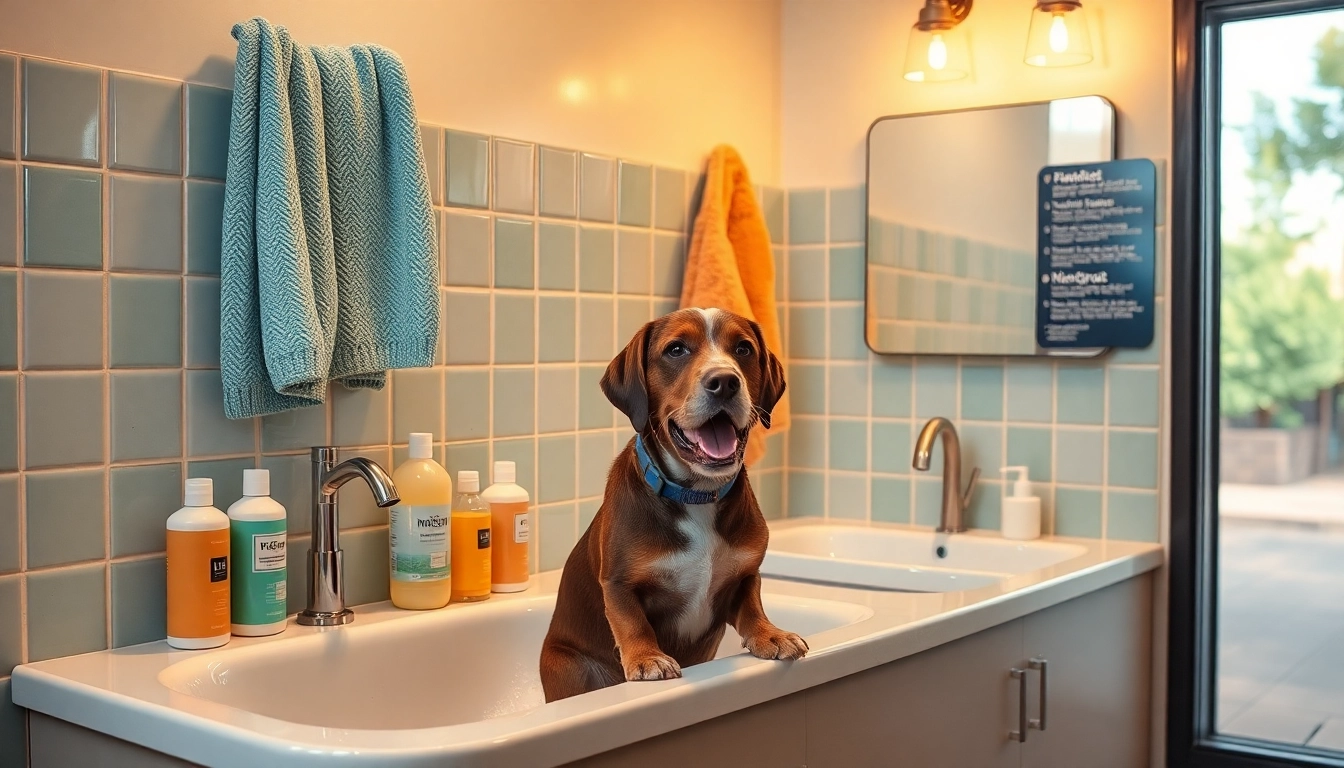Pet Bottle: An In-Depth Overview of Manufacturing, Trends, and Sustainability
The pet şişe has become a ubiquitous element in our daily lives, primarily used for packaging water, beverages, and various food products. Its lightweight, durability, and affordability have positioned it as the preferred choice for many industries, from bottled water companies to cosmetic and pharmaceutical sectors. To understand the significance of pet bottles within the broader plastic industry, it’s vital to explore their origins, manufacturing processes, shifting market dynamics, and sustainability efforts that are shaping the future of packaging technology.
1. Pet Bottle: Composition, Manufacturing, and Sustainability
Pet Bottle Materials and Properties
At the core of every pet bottle lies Polietilen Tereftalat (PET), a thermoplastic polymer recognized for its clarity, strength, and recyclability. PET’s molecular structure provides excellent barrier properties against gases and moisture, making it ideal for perishable product packaging. Its non-reactive and lightweight nature accelerates logistics and reduces carbon footprints, aligning with global sustainability goals.
Specifically, PET bottles are made through a process involving resin production, preform molding, and blow molding, resulting in a final product that is both safe and environmentally friendly when managed correctly. The use of high-quality PET resin ensures safety standards are met, especially concerning food and beverage contact regulations.
Manufacturing Processes and Technologies
The production of pet bottles involves several advanced techniques designed to optimize efficiency, quality, and sustainability. Initially, PET resin is heated and injected into molds to produce preforms, which resemble small test tubes. These preforms undergo sterilization and are then reheated and stretch-blown into the final bottle shape using blow molding machines.
Recent innovations include the adoption of lightweight design strategies, which significantly reduce material consumption without compromising strength or durability. Industry leaders also utilize in-line quality control systems employing sensors and AI algorithms to detect defects early. These technological improvements not only enhance product consistency but also minimize waste during production.
Recycling and Sustainable Practices
Recycling plays a pivotal role in the sustainability of pet bottles. PET’s ability to be melted and reformed into new bottles or other products establishes a circular economy model. Globally, recycling rates vary, but advanced sorting technologies, such as optical scanners and AI-powered robotic systems, are improving efficiency and purity of recycled PET (rPET).
Additionally, companies are investing in bio-based PET alternatives and biodegradable composites as innovative steps toward reducing environmental impact. Implementing eco-design principles—such as designing for disassembly and recyclability—also contributes to more sustainable packaging practices that push the industry toward a zero-waste future.
2. Current Trends in the Pet Bottle Industry
Health-Conscious and Trustworthy Pet Bottle Options
Consumers today are increasingly aware of health and safety concerns, seeking pet bottles that do not leach chemicals like Bisphenol A (BPA) or other phthalates. En route, the industry is prioritizing high-grade, BPA-free PET resins, which are recognized for their safety in contact with consumables. Transparency in manufacturing processes and certifications further bolster consumer trust.
Moreover, innovations like multi-layered barrier PET bottles help preserve product freshness and extend shelf life, reducing the need for preservatives and adding to the product’s health profile.
Design Innovation and Functional Features
Functional and aesthetic enhancements are redefining the consumer experience. Industry leaders are exploring ergonomic shapes, lightweighting techniques, and visual branding elements to stand out on crowded shelves. Some designs incorporate built-in handles, easy-pour spouts, or resealable caps, improving usability for diverse markets.
In addition, smart packaging integrating QR codes and NFC technology offers consumers access to product information, recycling instructions, and origin traceability, aligning with the digital transformation trend.
Eco-Friendly and Cost-Effective Production Models
Cost efficiency and environmental responsibility are guiding manufacturing shifts. Many producers adopt energy-efficient machinery, renewable energy sources, and waste reduction strategies to lower production costs and carbon emissions.
Moreover, adopting lightweight PET bottles reduces raw material consumption and transportation costs, directly impacting the environmental and economic sustainability of the supply chain.
3. Leading Pet Bottle Suppliers and Industry Standards
Top Producers in Turkey and Globally
Turkey hosts several prominent PET bottle manufacturers such as Kayaoglu Plastik, renowned for their innovative designs and quality standards. These companies emphasize compliance with international certifications and customer-specific customization.
Globally, companies like Alpla, Amcor, and Plastipak exemplify industry-leading manufacturing capabilities, technological advancements, and robust supply networks that ensure availability and quality compliance.
Adherence to Quality and Safety Standards
Manufacturers must comply with strict food contact safety regulations, including CFR 21 (FDA) standards and European directives concerning plastics in contact with food. Certifications such as ISO 9001, ISO 22000, and HACCP are standard benchmarks for quality assurance.
Regular third-party audits, traceability systems, and laboratory testing ensure that products meet or exceed applicable safety standards, minimizing health risks and reinforcing consumer confidence.
Pricing and Wholesale Opportunities
Bulk purchasing and direct partnerships with manufacturers provide cost advantages for businesses. Pet bottle prices fluctuate based on resin costs, design complexity, and order volume. Industry players benefit from economies of scale by ordering large quantities, reducing per-unit costs, and gaining flexibility for customized packaging solutions.
4. Best Practices for Pet Bottle Usage
Health and Safety Tips
Proper handling involves avoiding prolonged exposure to sunlight and high temperatures, which can degrade plastics or cause chemical leaching. Using bottles within recommended lifespan and replacing damaged bottles are crucial for safety.
Moreover, consumers should verify product certifications and opt for BPA-free, food-grade PET containers to ensure health standards are maintained.
Cleaning and Maintenance Procedures
Thorough cleaning with warm water and mild detergents maintains hygiene and prolongs the life of reusable PET bottles. Avoid abrasive cleaners that can cause scratches and compromise the barrier properties. After cleaning, drying bottles completely prevents mold growth.
For bottles used repeatedly, periodic sterilization with diluted vinegar or specialized solutions ensures safety and prevents bacterial buildup.
Prolonging Product Life
Storage in cool, shaded areas and avoiding exposure to harsh chemicals extend bottle usability. Proper cap sealing prevents contamination and maintains internal pressure. Labeling bottles with purchase or cleaning dates can assist in timely replacements, promoting health safety.
5. Recycling and Environmental Preservation: The Role of Pet Bottles
Recycling Processes and Impact Statistics
Globally, plastic bottle recycling has gained significant momentum. Mechanical recycling involves melting shredded PET flakes into pellets, which serve as raw material for new bottles, fibers, or packaging materials. Advanced chemical recycling processes are emerging, breaking down PET into monomers for virgin-quality reprocessing.
According to industry data, approximately 30% of PET bottles are recycled worldwide, although rates vary among regions. Enhancing collection infrastructure and consumer awareness are crucial for improving these figures.
Reducing Waste and Promoting Circular Economy
Effective waste management strategies include deposit-return schemes, public recycling bins, and incentivizing consumers to participate actively. Additionally, manufacturers are adopting ECO designs, minimizing material use, and incorporating recycled content into new bottles.
Community-driven educational programs aim to increase recycling rates, mitigate environmental degradation, and conserve resources for future generations.
Innovations and Future Technologies
Future advancements include biodegradable PET composites, enzymatic degradation technologies, and digital tracking of recycling streams. Research into bio-based plastics derived from renewable sources aims to replace petroleum-based PET entirely, further advancing sustainability goals.
Moreover, industry collaborations are essential to develop standardized eco-labels, improving transparency and consumer trust in sustainable packaging options.



